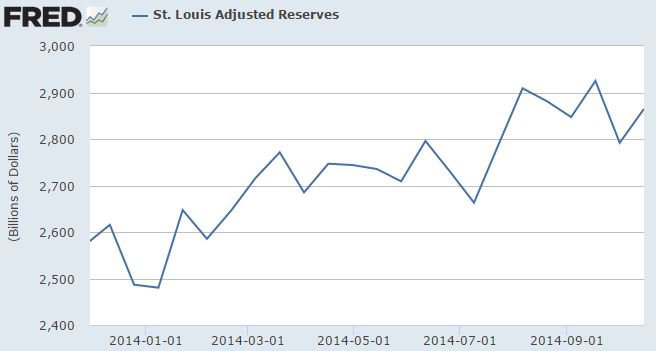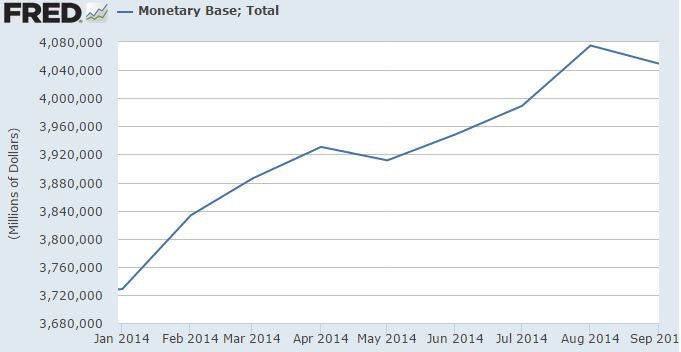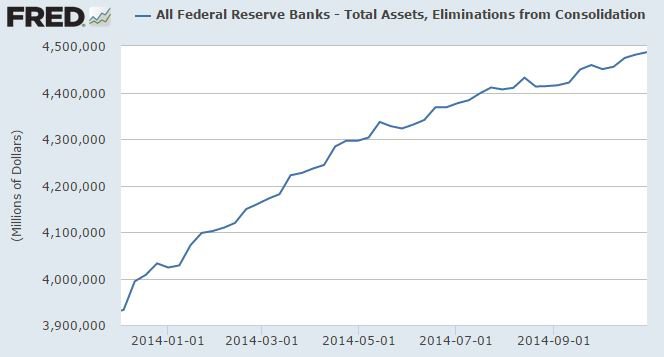Dumb and Dumber – From Negative Interest Rates to Helicopter Money – Article by Paul-Martin Foss

We’ve all run into someone who thinks that all it take to bring about prosperity is to give everyone a million dollars. If everyone is a millionaire, we’ll all be rich and be able to afford anything we want, or so the thinking goes. Any sound economist knows that wouldn’t be the case, however. If everyone were given a million dollars the increased amount of money chasing the existing stock of goods would merely result in a massive rise in prices. No one would be better off, at least not once prices were once again equilibrated. The concept of giving everyone a million dollars is so absurd that no one takes it seriously. That is, they don’t take it seriously when a million dollars is the proposed amount. When the amount is smaller, all of a sudden it becomes a viable and increasingly-discussed policy proposal: helicopter money.
Ben Bernanke was derided for bringing up the possibility of helicopter money in 2002, although the idea dates back to Milton Friedman. What Bernanke did say was:
Like gold, U.S. dollars have value only to the extent that they are strictly limited in supply. But the U.S. government has a technology, called a printing press (or, today, its electronic equivalent), that allows it to produce as many U.S. dollars as it wishes at essentially no cost. By increasing the number of U.S. dollars in circulation, or even by credibly threatening to do so, the U.S. government can also reduce the value of a dollar in terms of goods and services, which is equivalent to raising the prices in dollars of those goods and services. We conclude that, under a paper-money system, a determined government can always generate higher spending and hence positive inflation.
In fact, if you read that speech you will see Bernanke touting the effectiveness of policies which the Fed has since tried and failed at, as well some policies which the Fed has not yet tried and which we hope it never will.
As a decade of stimulus, quantitative easing, and zero or below-zero interest rates has now proven to be an absolute failure, helicopter money is once again being discussed as a potential central bank action, by central bankers who have no idea what to do and who are grasping at straws. The chief fixed income analyst at Nordea bank has publicly speculated that the European Central Bank (ECB) might be able to distribute 1,300 euros to each European citizen in a bid to boost inflation.
This bid to boost inflation makes the age-old error of confusing more money and higher prices with greater wealth. We know from our million-dollar example that that isn’t the case. So why try on a small scale what fails at the large scale? It is like the minimum wage debate, in which those who favor boosting minimum wages argue that it will result in workers being better-paid and more well-off. Yet we know that raising the minimum wage will result in some workers losing their jobs, as businesses cannot absorb all the increased costs and must dismiss their least-productive workers. The challenge to the proponents of minimum wages always is, if $15 an hour is so good, why not $15,000 an hour? Well, that’s because such a large increase would make abundantly clear what the minimum wage proponents are trying to hide. Minimum wages make some workers better off, but they do so by forcing other workers out of work, thus their wage falls to $0. In the same way, if the ECB could give 1,300 euros to each person, why not 1,300,000 euros? Because prices would rise in result and quickly negate any short-term benefit gained by the monetary increase. That type of hypothetical question exposes the farce of such handouts.
If helicopter money is implemented, those who first gain the use of the new money may benefit by increasing consumption before prices rise, while others will see prices rise before they are able or willing to use the money. But the end result will be higher prices but no overall increase in welfare. The economy will not see any sort of burst in productivity from a one-shot injection. So what will be proposed next? How about multiple injections of helicopter money over extended periods of time? That would seem to follow.
But again, anticipation and expectation of future injections would not lead to economic growth. It would only serve to further raise prices as new money enters the economy and transfers wealth to those who first use the new money from those who don’t. Economic growth comes not from more money or higher prices, but from savings and investment. No matter where in the economy central bank monetary injections enter, they cannot and will not result in real economic growth.
Zero interest rates didn’t do what central banks thought they would do, so they moved to quantitative easing. QE didn’t do what central banks thought it would do, so they moved or are moving to negative interest rates. Negative interest rates won’t work either so, assuming they don’t completely destroy the banking system beforehand, central banks may very well resort to helicopter money. Guess what, that won’t work either. How much more suffering will central banks have to impose on their countries before people realize that they are monetarily, morally, and intellectually bankrupt?
Paul-Martin Foss is the founder, President, and Executive Director of the Carl Menger Center for the Study of Money and Banking, a think tank dedicated to educating the American people on the importance of sound money and sound banking.
This article was published on Mises.org and may be freely distributed, subject to a Creative Commons Attribution United States License, which requires that credit be given to the author.





 Does Demand Create More Supply?
Does Demand Create More Supply? 
 Production Comes Before Demand
Production Comes Before Demand